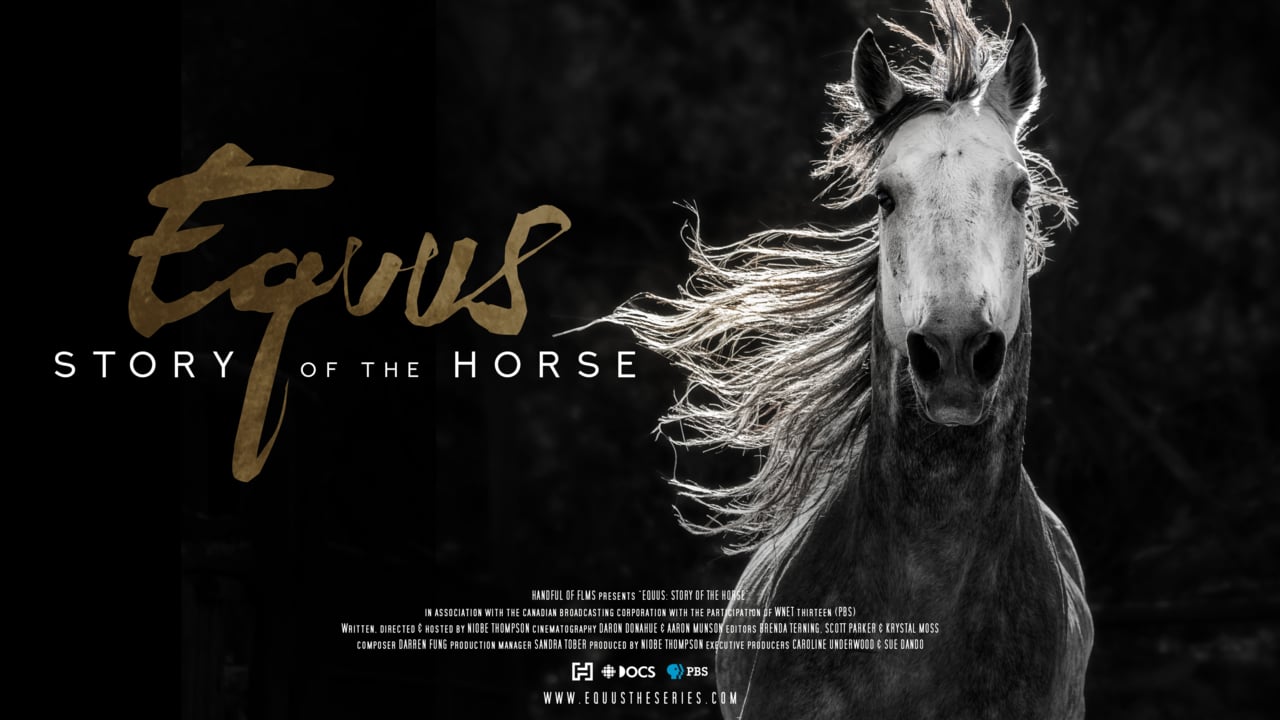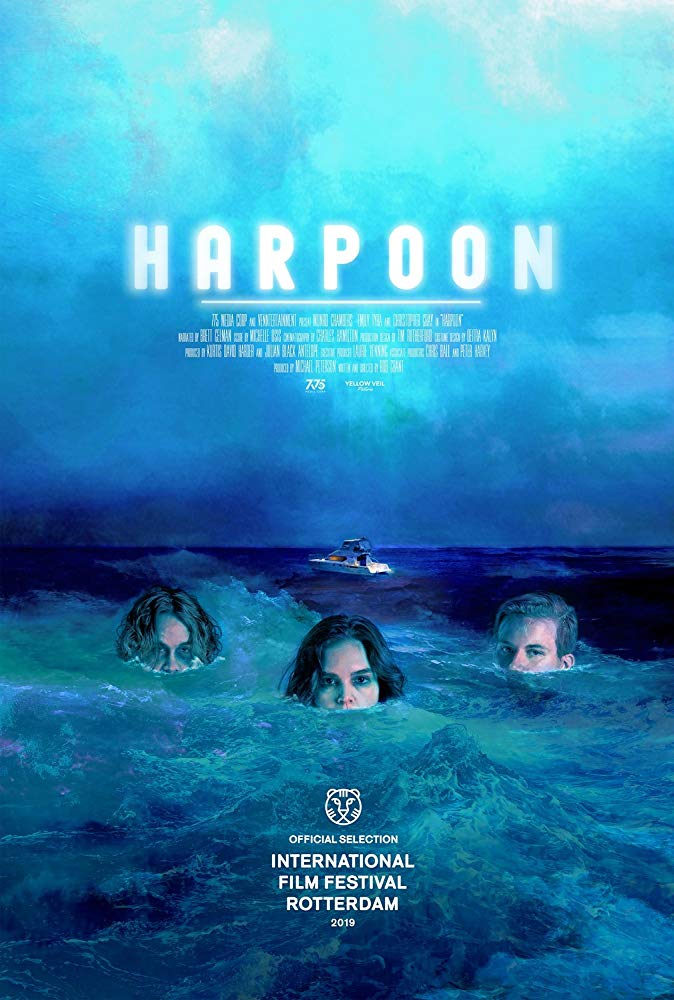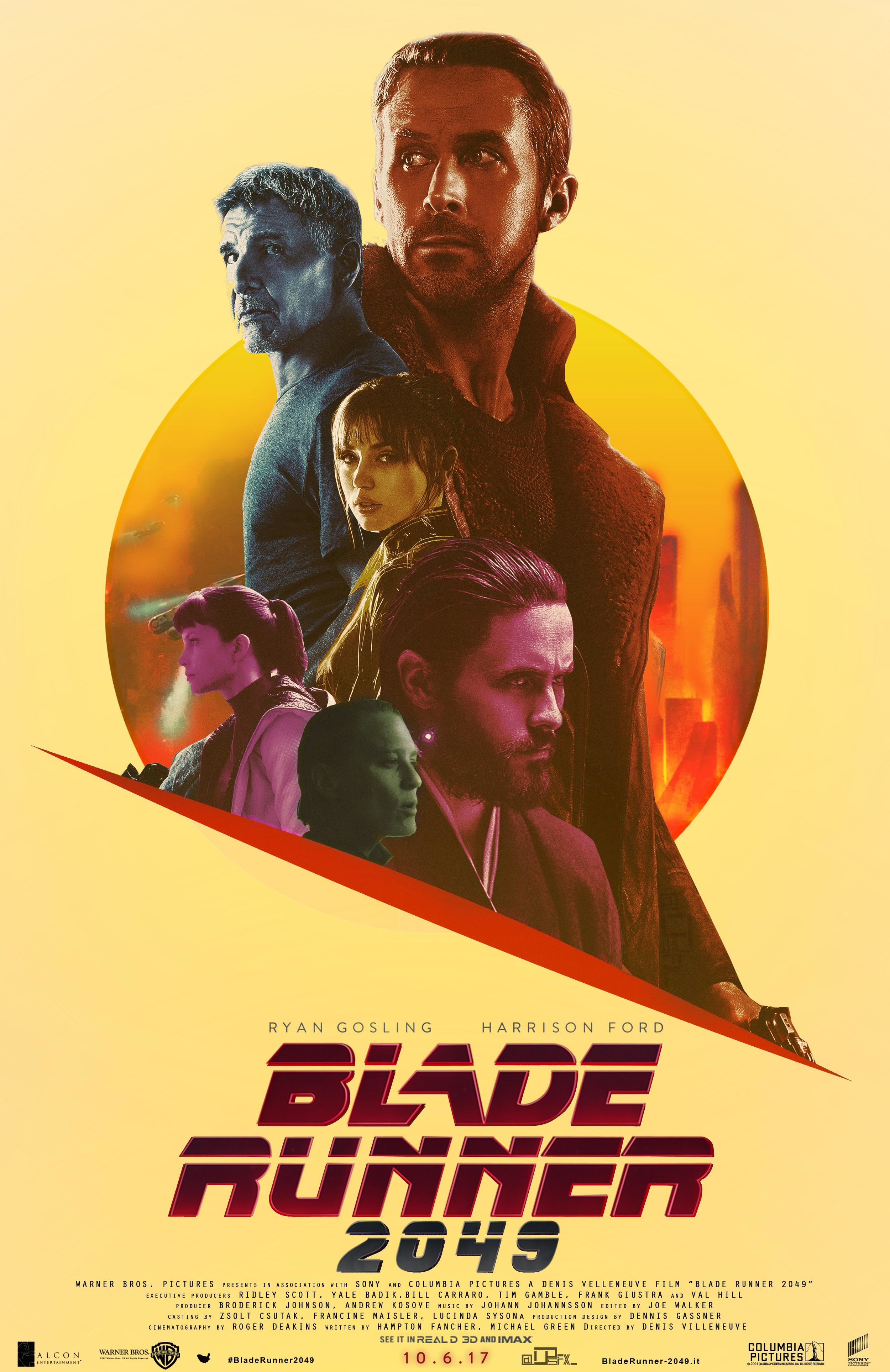Alberta's First and only
Dedicated Foley Stage
We specialize in creating Foley sound effects and footsteps for film, television and video games.
We specialize in creating Foley sound effects and footsteps for film, television and video games.
Since 2018, Little Hook Sound is Alberta's only professional, dedicated Foley stage, led by Foley artist Chris Szott.
Established in the heart of Edmonton, our Foley stage has the unique distinction of having an entire house at disposal for any of our sonic needs, as well as dedicated spaces for interior and exterior sounds, and countless props and surfaces. Our award-winning team would be happy to help you on your next project!

Foley Artist -
Chris Szott, MPSE
An Edmonton local, Chris grew up listening to the world around him.
As a lifelong musician, he studied Recording Engineering & Music Composition in London, UK and went on to complete an audio-post internship at the infamous Galaxy Studios in Belgium. Moving to Toronto, he apprenticed directly under award-winning Foley artists Andy Malcolm, Goro Koyama, Sandra Fox and their world-renowned team at Footsteps Post-Production Sound, Inc.
In 2018 Chris founded Little Hook Sound - Alberta’s only dedicated Foley stage and Foley team. Since then his team and he have worked with clients from all over the world on their films, television and video game projects.
Chris is a member of the Motion Picture Sound Editors guild (MPSE).
In 2022, Chris was honoured as one of Edmonton’s Top 40 Under 40 by the EDify magazine publication.
Our footsteps, prop handling and cloth moves can be heard in these recent projects:

















Chris was the Foley assistant on Blade Runner 2049.
Foley is the artistry of re-creating the everyday sounds of characters and performing those sounds in real-time to picture. It is a crucial element to the soundtrack of movies, television shows, video games, live-theatre and media projects.
Foley is performed by someone called a Foley artist, and they are supported by a team which usually consists of a Foley mixer, Foley recordist and Foley editor. The Foley team works in a specially designed and curated recording studio filled with a variety of different props and surfaces called a Foley stage.
The Foley artist performs the practical sound effects in real-time (while watching the picture) while the Foley mixer and Foley recordist mix the performed sound, using multiple microphones, to match the perspective seen on-screen.
Although the artistry of Foley dates far-back to the Radio Drama days, under the work of many sound-pioneers like Ora Nichols and Orval White, Foley is named after a gentleman named Jack Foley. Mr. Foley worked at Universal Studios as a journalist and handyman in the 1920’s. In 1927, Universal was ready to release the silent musical “Show Boat” when they realized that due to the success of Warner Bros. “The Jazz Singer” - the first commercially released film to have recorded dialogue in it - they needed several practical sound effects. Jack Foley rose to the occasion and agreed to take on this unusual opportunity. It quickly became evident that these added sounds helped to tell the story of the film and so the artistry of Foley was born.

Jack Foley, shown with actress Martha Hyer, is granted an honorary award by the Motion Picture Sound Editors guild in 1962.
What Foley is:
Foley is the artistry of performing, creating and adding personal, relatable characteristics to custom sound effects in real-time.
Foley typically covers three categories: footsteps, props and cloth.
What Foley is not:
Foley is not cutting effects in from a sample library, or picking up a prop, pointing a microphone at it and hitting “record”. Foley is not recording a real-world sound and then manipulating/processing it in a computer later on.
Foley does not typically cover “hard FX” sounds like: vehicle engines, gunshots, laser blasts, explosions and electrical sounds.
Why can’t they just use the sound recorded on set?
Film sets are noisy places! They are usually filled with loud generators, buzzing lights, and lots of cast and crew. The only sound being recorded on-set is the actors dialogue - no footsteps, prop handling or other effects.
Even when dialogue is properly recorded it still needs to be cleaned up by a Dialogue Editor, and sometimes even replaced and re-recorded through a process called Automated Dialogue Replacement (ADR or “Looping”).
Why can’t you just use sound effects from a sample library?
A Foley artist is able to create and perform custom sound effects with subtlety, nuance and character that compliments the story in an efficient and timely fashion that would take too much time, money and frustration to cut from a sound effects library.
If the Foley is recorded and performed well, you should never notice it in the final mix!
What we need for our Foley session:
Codec: DNxHD, Apple ProRes or Apple ProRes Proxy (Pro Tools does not like H.264's or MP4's)
Quality: 1080p
Timecode: Burnt-in at the TOP of the picture-safe area (as to not obscure surfaces, footwear or props)
Sync Leader: a 2-Pop and Tail-Pop with corresponding video reference on each reel/picture
Guide Tracks: separate tracks for Dialog, PFX, Music, and SFX is ideal and appreciated
(Please ensure each has a corresponding 2-Pop and Tail-Pop)
EDL: video-only Edit List (with no Audio Track information)
Notes: please let us know what we will NOT have to cover
please clarify any ambiguous or offscreen action that needs covering but is not clear on the Guide
Session Setup: Pro Tools Session start-time, picture start-time (on timeline), sample-rate, bit depth, picture and project frame-rate (and if it is pull-up/pull-down)
We would be happy to help bring your project to life with our sonic storytelling.
Email us directly: LITTLEHOOKSOUND [AT] GMAIL [DOT] COM or fill out the form below.
